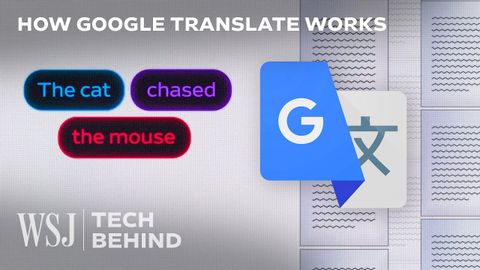谷歌翻譯如何利用數學理解 134 種語言 | WSJ Tech Behind (How Google Translate Uses Math to Understand 134 Languages | WSJ Tech Behind)
神谷菜々子 發佈於 2024 年 05 月 29 日  沒有此條件下的單字
沒有此條件下的單字US /spɪˈsɪfɪk/
・
UK /spəˈsɪfɪk/
US /ɪˈvɛntʃuəli/
・
UK /ɪˈventʃuəli/
US /ˌɪndəˈvɪdʒuəl/
・
UK /ˌɪndɪˈvɪdʒuəl/
- n. (c.)個人;單個項目;個體;個人賽
- adj.個人的;獨特的;個別的;獨特的
US /ˈkɑnˌtɛkst/
・
UK /ˈkɒntekst/
- n. (c./u.)上下文 ; 背景 ; 來龍去脈;背景;環境;語境
